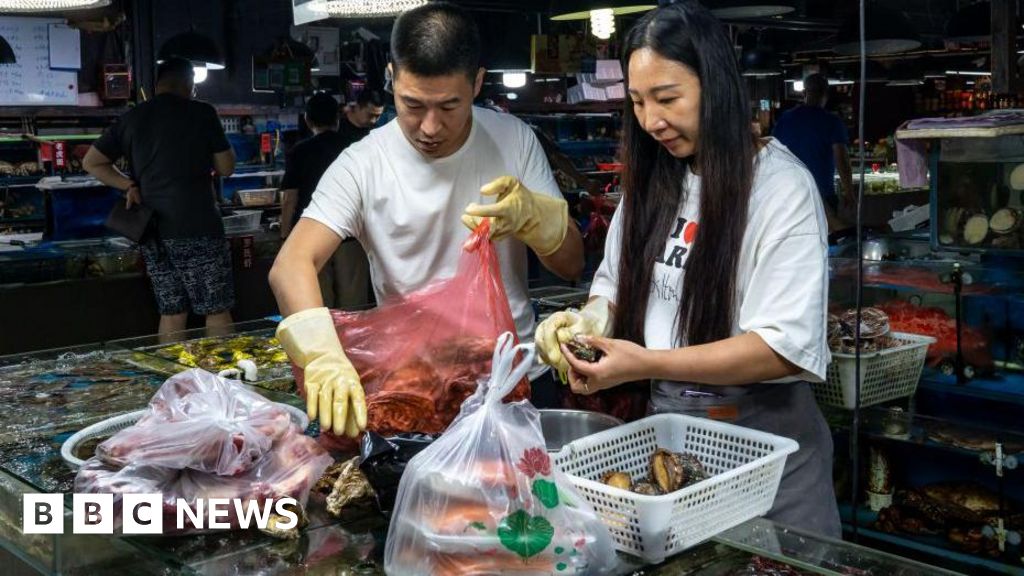The Scoop
China’s domestic and international energy investments are getting greener, but face some big challenges ahead, a pair of new reports shared first with Semafor argue.
At home, China’s massive energy demand growth in recent years has meant that even as it builds renewables at a world-leading pace, it is also responsible for the vast majority of new coal-fired power plants under development worldwide. But as the country’s political and economic winds turn increasingly against coal, the rate of clean energy build will likely be fast enough by 2030 to cover all the growth in domestic energy demand, the research group Ember reported.
Meanwhile, new data on China’s Belt and Road Initiative shows the country is keeping leader Xi Jinping’s 2021 promise to stop financing new coal plants overseas: In 2022 and 2023, for the first time in the last two decades of foreign investment by China’s government and private sector, no new coal plants were approved. Instead, renewables accounted for two-thirds of newly planned projects, in terms of generation capacity, according to a study from Boston University’s Global Development Policy Center.
Tim’s view
The temporary ceasefire in the US-China trade war agreed over the weekend is good news for Chinese exporters of batteries and other clean tech and their customers in the US. But these two studies, taken together, illustrate how China is navigating a moment of heightened external volatility by falling back on its enormous domestic market.
The end of overseas coal finance isn’t surprising, given how few new coal projects are being developed anywhere in the world anyway. Many of the middle-income countries that would have been top candidates for new Chinese coal investment — Bangladesh, say, or the Philippines — also have rising sovereign debt problems and aren’t keen to take on huge new energy loans of any kind, said Diego Morro, lead author of the BU study. The incoming pipeline of capital for BRI projects is also down overall, he said, because of China’s economic slowdown.
Fewer Chinese coal plants under construction worldwide is good news for the climate. But overall energy investment has fallen too, as renewables haven’t filled the gap. China supported more than 30 gigawatts of new overseas power projects in 2016; in 2023 it was about one gigawatt. That’s removing an important source of finance for low-carbon energy projects in developing countries, leaving them worse off from an emissions and energy security perspective. And of previously announced China-backed overseas energy projects that are under development, coal still accounts for about 20% of the pipeline, meaning it will remain an integral part of China’s global energy footprint for the foreseeable future.
As for domestic energy, Ember analyst Muyi Yang said, the fact that the rate of wind and solar adoption continues to accelerate so much every year — additions of utility-scale solar, for example, tripled in the past three years — is a sign that global domination of those sectors is still a priority for Beijing, and that there’s still space in the local grid to soak up some of the cleantech hardware manufacturing capacity now facing rising trade barriers in the West. The problem, Yang said, is that China is still underinvesting in new energy technologies outside the traditional strongholds of wind, solar, and batteries. Without a more comprehensive plan for a diversified energy system, he said, the grid will run out of space to accommodate more traditional renewables.
The View From The US
The interesting thing about China’s overseas coal pullback is that it also means energy as a sector now represents a much smaller share of China’s overall foreign investment, and is therefore a less important facet of its geopolitical power projection — a gap that the US could exploit. The recent decision by the US Export-Import Bank to resume offering finance for overseas coal projects will test whether China is leaving money on the table, or escaping from a sunsetting industry at just the right time.
Notable
Source link














